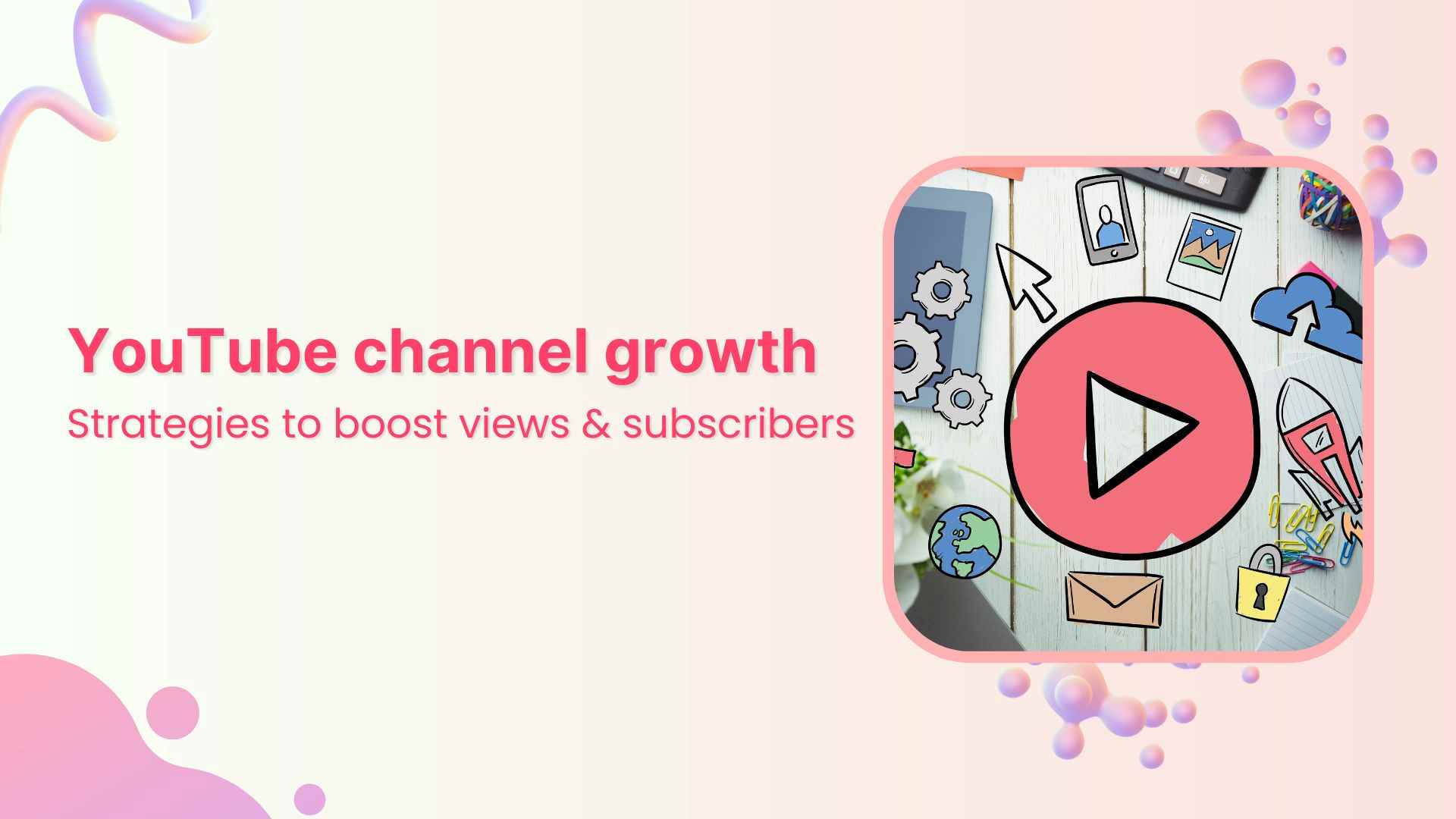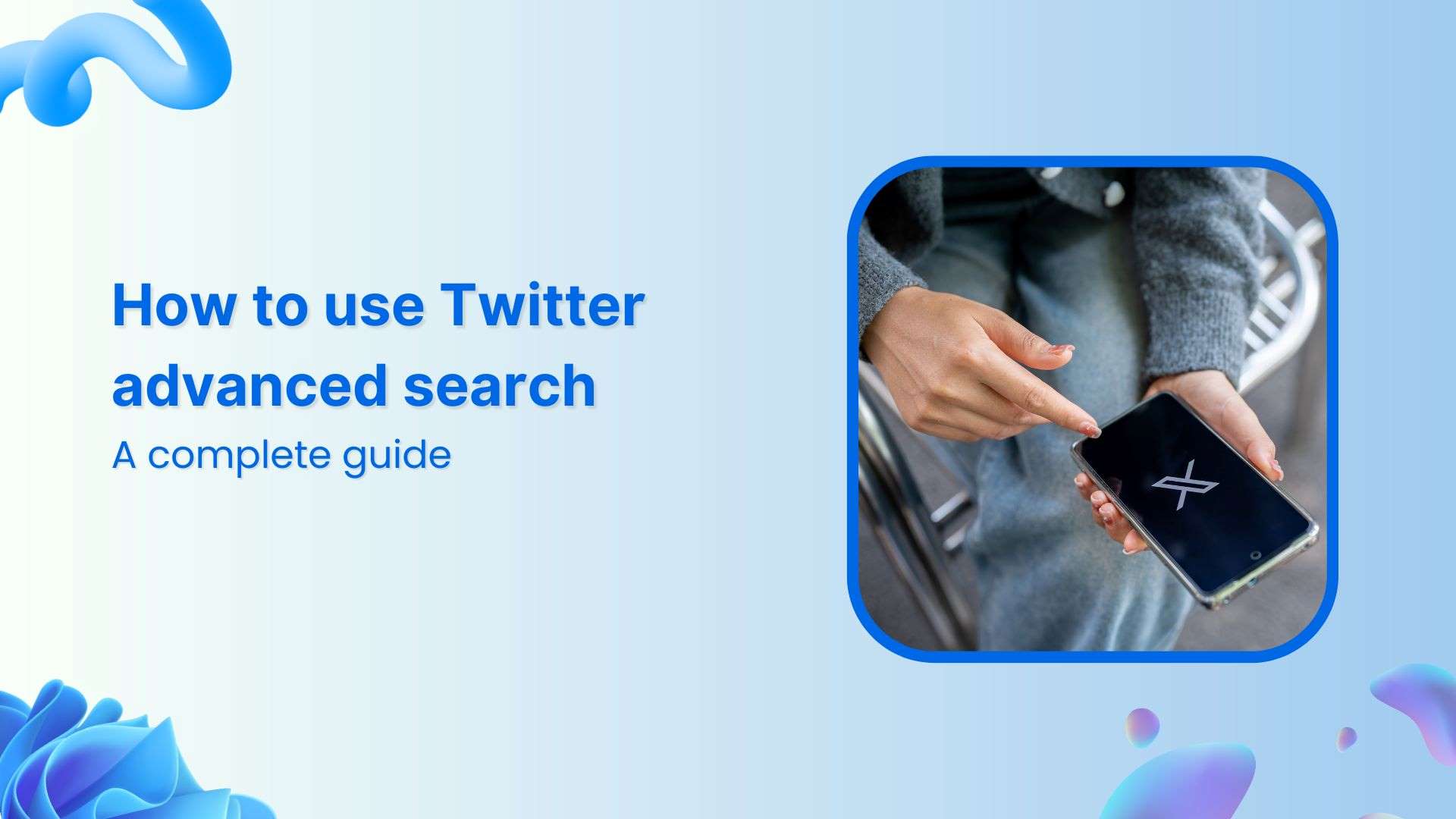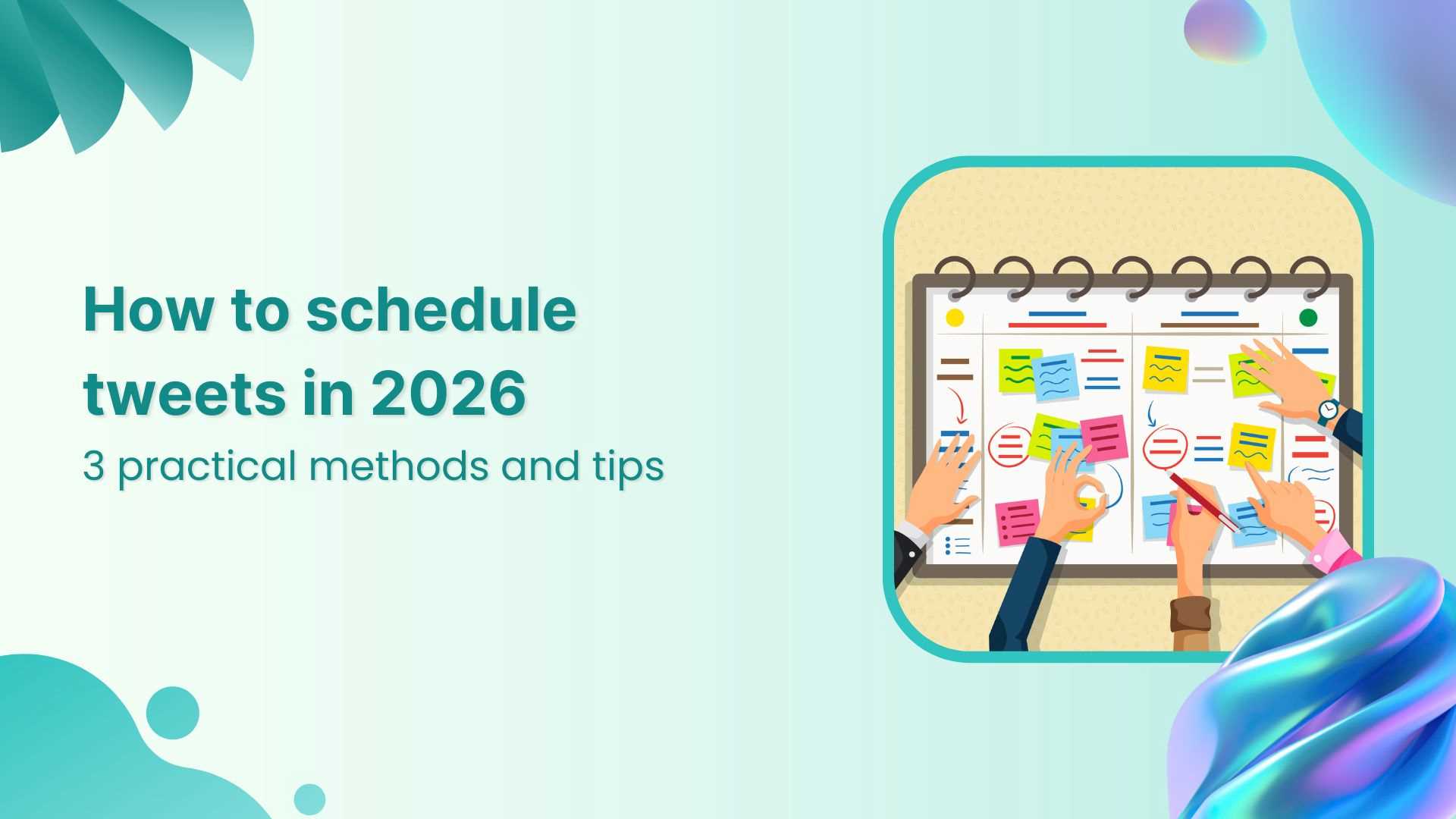Bulk-generate & schedule posts in seconds with Smart Scheduling. Try now!
CTR (Click-Through Rate)

What is CTR (Click-Through Rate)?
Click-through rate, commonly abbreviated as CTR, is a crucial digital marketing metric that measures the percentage of people who click on a specific link or call-to-action out of the total number of people who view that element.
This performance indicator is calculated by dividing the number of clicks an element receives by the number of times it's been shown (impressions) and multiplying the result by 100 to get a percentage.
CTR serves as a fundamental measurement of engagement and effectiveness across various digital marketing channels, including paid advertising, email marketing, organic search results, and social media marketing campaigns.
Understanding the significance of CTR
Click-through rate holds immense importance in marketing as it provides marketers with valuable insights into the effectiveness of their campaigns and content.
A higher CTR generally indicates that your marketing elements are resonating well with your target audience and successfully encouraging them to take action.
Understanding your metrics is crucial for measuring social media success through KPIs and improving the return on investment (ROI) of your campaigns.
Impact on quality score and ad rank
In paid advertising platforms like Google Ads and social media advertising systems, CTR plays a vital role in determining the quality score of your ads.
A higher CTR typically leads to better quality scores, which can result in lower cost-per-click (CPC) rates and better ad positioning. This creates a positive feedback loop where better performance leads to more cost-effective advertising and increased visibility.
Relationship with conversion rates
While CTR is an important metric, it should be evaluated alongside conversion rates to get a complete picture of campaign performance.
A high CTR doesn't automatically guarantee conversions, but it's often the first step in the conversion funnel.
By implementing proper marketing funnel optimization strategies, you can better understand the relationship between CTR and conversion rates to optimize your campaigns for both engagement and results.
How to calculate CTR?
The formula for calculating CTR is straightforward:
CTR = (Number of clicks ÷ Number of impressions) × 100
For example, if your social media post receives 100 clicks out of 1,000 impressions, your CTR would be: (100 ÷ 1,000) × 100 = 10%
Industry benchmarks and average CTRs
CTR benchmarks vary significantly across different marketing channels and industries. Understanding these benchmarks helps marketers set realistic goals and evaluate their performance effectively through comprehensive social media analytics and reporting:
- Email marketing: Average CTRs typically range from 2% to 5%, with some industries achieving higher rates depending on factors like audience engagement and email type.
- Paid search advertising: Google Ads average CTRs generally fall between 1.5% to 3% across industries, with some sectors experiencing higher rates.
- Display advertising: Display ads typically have lower CTRs, often between 0.1% to 0.5%, due to their less targeted nature compared to search ads.
- Organic search results: CTRs for organic search results vary dramatically based on position, with the first position often achieving rates of 20-30% or higher.
Factors affecting click-through rate
Content relevance and quality
The relevance and quality of your content significantly impact CTR. This includes:
- Alignment between ad copy or content and user intent
- Clear and compelling value propositions
- Professional and trustworthy presentation
- Accurate targeting and audience segmentation
Understanding your social media target audience is crucial for creating relevant content that drives higher CTR.
Visual elements and design
Visual components play a crucial role in attracting clicks. Learning how to design social media posts effectively can significantly impact your CTR through:
- Eye-catching images and graphics
- Proper use of white space and formatting
- Clear call-to-action buttons
- Mobile-friendly design elements
- Brand consistency across all materials
Timing and placement
The timing of your content delivery and its placement can significantly affect CTR. Understanding the best time to post on social media helps optimize your content for:
- Optimal posting times based on audience behavior
- Strategic ad placement in high-visibility areas
- Consideration of user context and intent
- Competition levels at different times
Strategies to improve CTR
Optimizing headlines and copy
Creating compelling headlines and copy is essential for improving CTR. Effective social media copywriting strategies include:
- Use action-oriented language that creates urgency
- Include relevant keywords naturally
- Address user pain points directly
- Test different headline formats and styles
- Implement power words that trigger emotional responses
Enhancing visual elements
Visual optimization strategies include:
- Testing different image types and styles
- Using high-quality, relevant visuals
- Implementing contrasting colors for call-to-action buttons
- Ensuring brand consistency across all visual elements
- Optimizing for different device types and screen sizes
A/B testing and optimization
Continuous testing and optimization are crucial for improving CTR:
- Test different headline variations
- Experiment with various call-to-action phrases
- Try different visual elements and layouts
- Analyze performance across different audience segments
- Implement data-driven improvements based on test results
Social media CTR
Social media click-through rates vary significantly across platforms. Understanding platform-specific benchmarks is crucial for measuring your social media performance. Here's what you should know:
- Instagram: Focus on creating engaging carousel posts, as they typically generate higher CTRs. Learn more about mastering Instagram carousels for better engagement.
- Twitter: The platform's fast-paced nature requires strategic posting. Implement an effective Twitter marketing strategy to improve your CTRs.
- LinkedIn: Professional content tends to generate different CTRs compared to other platforms. Track your LinkedIn performance metrics to optimize your strategy.
Common CTR challenges and solutions
Low engagement rates
When facing low engagement rates, consider implementing social media engagement hacks:
- Review audience targeting settings
- Analyze competitor strategies
- Improve content relevance
- Test different content formats
- Implement personalization strategies
Competitive markets
In highly competitive markets:
- Develop unique value propositions
- Focus on niche targeting
- Implement advanced targeting options
- Create compelling offers
- Optimize ad scheduling and budgets
Measuring and tracking CTR
Tools and platforms
Various tools are available for tracking CTR. Consider using comprehensive social media analytics tools such as:
- Google Analytics for website and content performance
- Social media analytics platforms
- Email marketing software
- Paid advertising platforms
- Heat mapping tools for user behavior analysis
Key performance indicators (KPIs)
CTR should be analyzed alongside other important metrics. Creating thorough social media reports should include:
- Conversion rates
- Bounce rates
- Time on page
- Return on ad spend (ROAS)
- Cost per acquisition (CPA)
Best practices for CTR optimization
Mobile optimization
Ensuring mobile optimization is crucial:
- Implement responsive design
- Optimize loading speeds
- Use mobile-friendly layouts
- Consider thumb-friendly button placement
- Test across different devices and screen sizes
Seasonal considerations
Adjust strategies based on seasonal factors and create a comprehensive social media content calendar that accounts for:
- Peak shopping seasons
- Industry-specific timing
- Changing user behavior
- Seasonal messaging
- Adjusted budgets for high-competition periods
By implementing these strategies and staying current with industry trends, marketers can work to improve their CTR and overall campaign performance.
Conclusion
Click-Through Rate remains one of the most important and actionable metrics in digital marketing, providing clear insight into how effectively your content motivates audience action. While a high CTR doesn't guarantee campaign success on its own, it represents an essential first step in any conversion process—getting users to take that initial click.
The most successful marketers approach CTR optimization as both an art and a science, blending creative elements that capture attention with data-driven decisions about what genuinely motivates their specific audience. This balanced approach recognizes that clicks should be earned through value and relevance rather than manipulation or misleading tactics.

Create, plan, schedule, and publish posts on all social media networks
Recommended for you


Powerful social media management software
14-day free trial - No credit card required.


